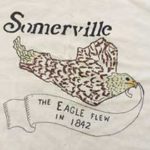
Eagle Feathers #275 –Keg-Legging
By Bob (Monty) Doherty
Bowling is said to be one of the world’s most popular pastimes and recreational activities. It is played by over 120 million participants annually in over 90 countries worldwide, including over 65 million in the United States alone. Traces of its history go back as far as 3200 B.C. in Egypt. Many variations of its cousins have been played throughout the world. This includes nine-pin, ten-pin, curling, lawn bowls, bocce, candlepins and duckpins to name a few. Bowling is an all-inclusive game which doesn’t favor anyone’s physical abilities.
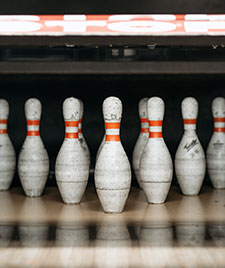
In 1366 English King Edward III banned bowling because it distracted his soldiers from archery training.
In 1819 Washington Irving, the author of The Legend of Sleepy Hollow, made the first mention of nine-pin bowling in American literature while writing his famous short story, Rip Van Winkle. Rip and his dog Wolf wander into the hills where, while thinking they hear thunder, encounter a group of odd, wee-men drinking and playing bowls or nine-pins. He joins them, toasts the brew, and wakes up under a tree 20 years later. He discovered that things had remarkably changed because he slept through the entire Revolutionary War era.
At the victorious battle of Saratoga, New York, the Americans captured over 5,000 enemy soldiers, nearly half of them Hessians. After being escorted through Massachusetts by Colonel Paul Revere and his troops, the British were confined to Prospect Hill. Their German confederates were confined to Winter Hill where they remained for a year, from November, 1777, through November, 1778. During their stay in America, they brought with them the ritual of the Christmas tree and the game of Keg Legging. You probably know it as bowling. They had many variations, and one of their favorites was called nine-pin or candle-pin and was a game set up in a diamond shape. In the camp, betting on nine-pins was outlawed, so the enterprising prisoners just changed the number of pins to ten, and the configuration to a triangle. Problem solved! Ten pin bowling was invented.
During the archaeological surveys ahead of Boston’s Big Dig, the oldest bowling bowl/ball in North America was found in Boston. Inspectors retrieved it from a Cross Street privy then owned by Katherine Nanny Naylor of Boston/Charlestown. It was dated circa 1670’s.
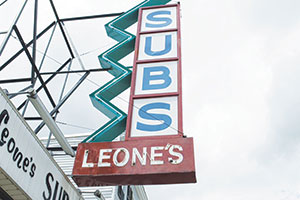
For the first half of the last century, experimenters dabbled with candlepin pin-setting machines. By 1941, inventor John Murphy of Middleboro, Massachusetts had the first automatic candle-pin bowling machine in the nation installed on Winter Hill. It was located next to the site of Leone’s Pizza on Broadway and is now at the Smithsonian Museum in Washington, D.C.
Another historic site for bowling in what is now Somerville was the Mclean Hospital on Cobble Hill. It was originally referred to as an asylum and was the forerunner of Massachusetts General Hospital. The hospital promoted a compassionate treatment of patients which included gardening, conversation, outings, riding and bowling.
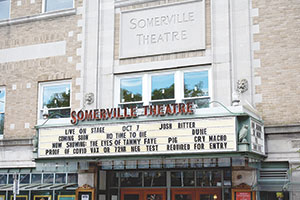
The Somerville Theatre, with a never-ending history of talent that has graced her stage, once had bowling lanes in its basement.
Richard Nixon wasn’t the only President who bowled. Harry Truman inaugurated the first White House bowling alley in 1947 in celebration of his 63rd birthday. He knocked down seven pins on his first throw, and one of these pins was saved for the Smithsonian.
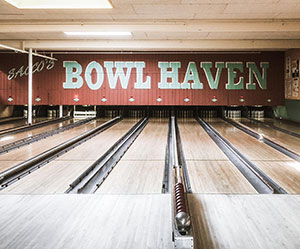
Former Somerville librarian and national best-selling author Elizabeth McCracken has written a popular novel named Bowlaway. When asked reflectively, she recommended Saccos Bowl Haven at American Flatbread in Davis Square.
From Hessian soldiers playing nine-pin on Winter Hill to today’s ultra-modern Lucky Strike Social at Assembly Square, Somerville keeps rolling on.
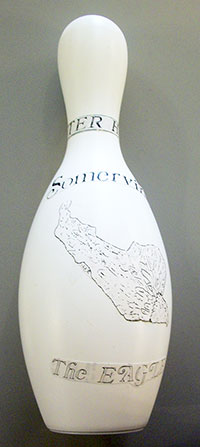















Reader Comments